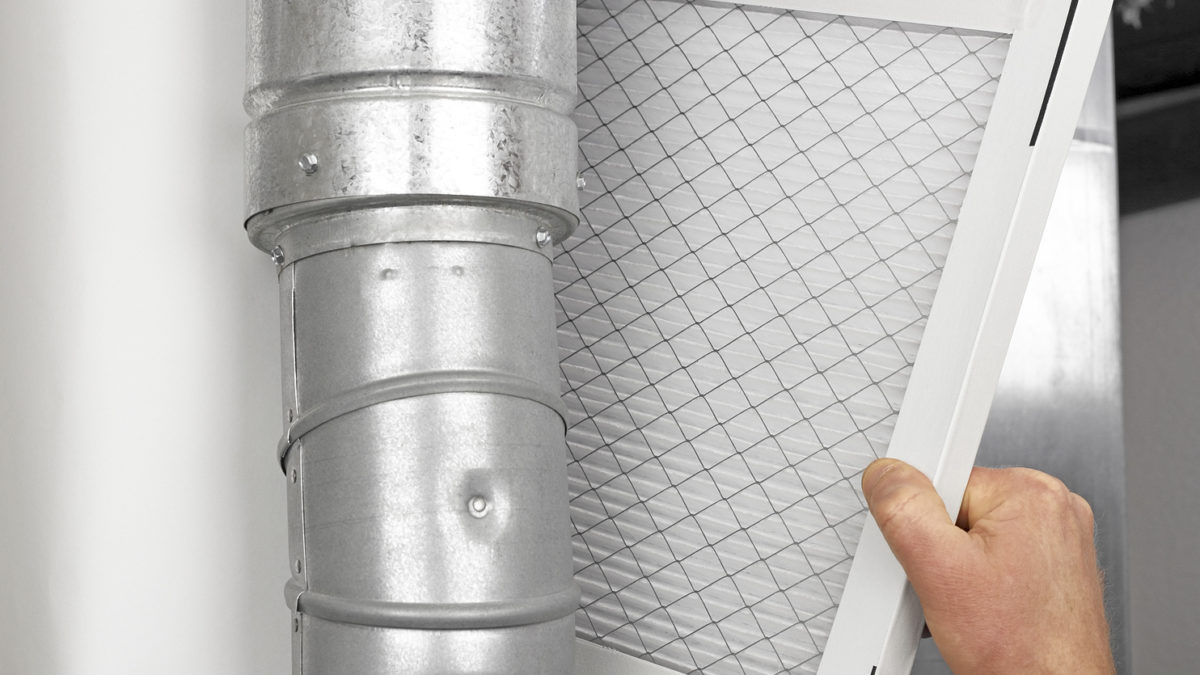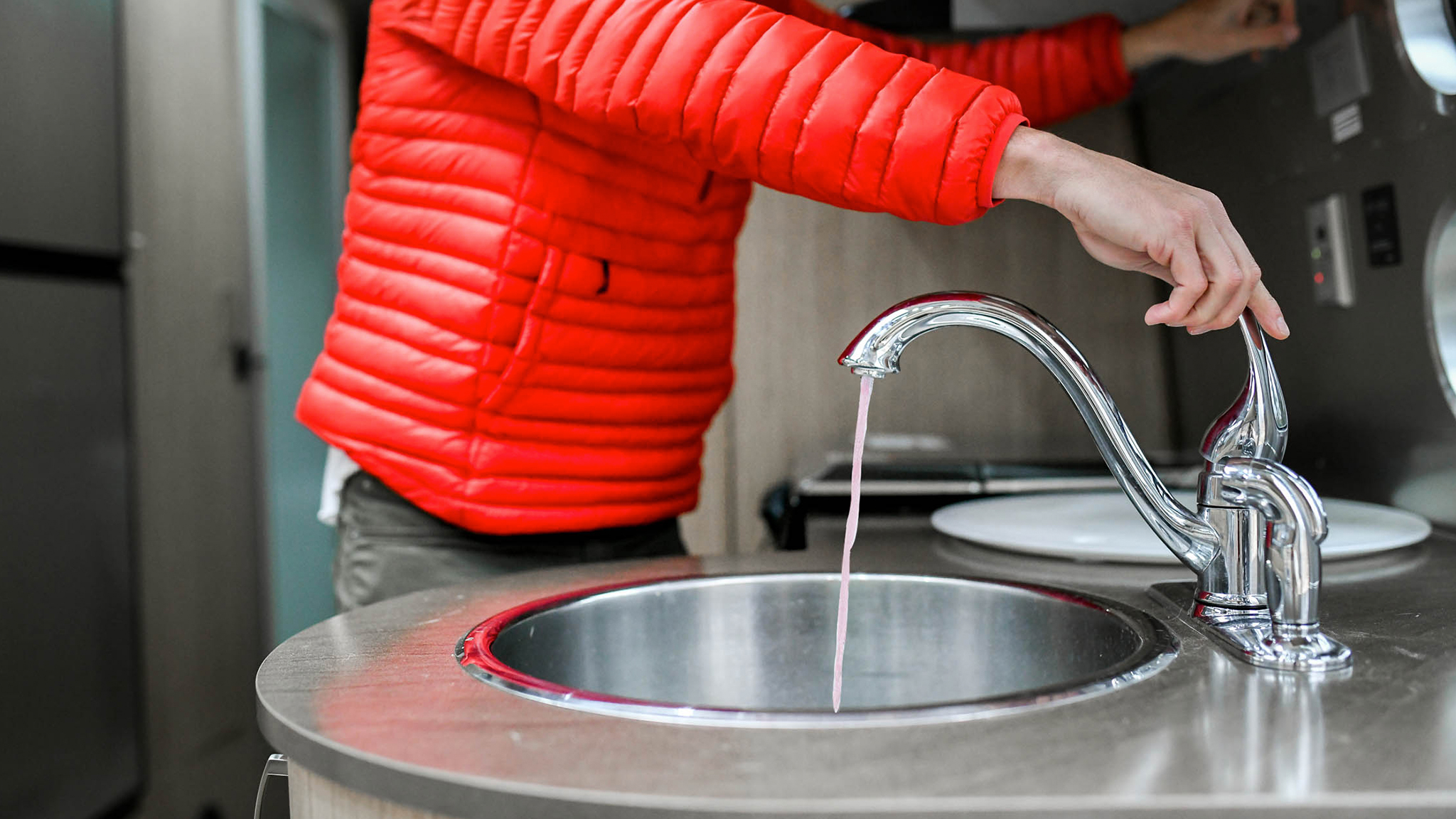This article which follows pertaining to Winterizing Your Pipes is quite stimulating. You should check this stuff out.

All home owners that live in pleasant environments have to do their ideal to winterize their pipelines. It is something you have to do during autumn prior to deep winter absolutely starts. Failing to do so can lead to catastrophe like icy, cracked, or ruptured pipes. Here are some useful winterizing hacks to keep your plumbing system safeguarded even if the weather outside is frightful.
Try a Hair Dryer or Warm Weapon
When your pipelines are nearly freezing, your trusty hair clothes dryer or warmth gun is a godsend. If the warm towels do not help dislodge any kind of settling ice in your pipelines, bowling warm air straight into them may help. You might finish up damaging your pipelines while trying to melt the ice.
Open Up Cabinet Doors Hiding Plumbing
When it's cold outside, it would be useful to open cabinet doors that are camouflaging your pipelines. Doing this little trick can keep your pipelines cozy as well as limit the potentially dangerous end results of freezing temperatures.
Require Time to Cover Exposed Pipeline
One nifty as well as simple hack to warm up icy pipelines is to wrap them with cozy towels. You can also utilize pre-soaked towels in warm water, simply don't forget to wear safety handwear covers to protect your hands from the warm.
Activate the Faucets
When the temperature level drops as well as it appears as if the icy temperature level will certainly last, it will help to turn on your water both inside your home as well as outdoors. This will certainly maintain the water streaming through your plumbing systems. Additionally, the activity will certainly slow down the cold process. Significantly, there's no requirement to turn it on full force. You'll end up losing gallons of water by doing this. Instead, go for regarding 5 drops per min.
Shut down Water When Pipelines are Frozen
Shut off the major water valve quickly if you observe that your pipelines are totally frozen or almost nearing that stage. You will typically discover this in your cellar or laundry room near the heater or the front wall closest to the street. Turn it off right away to prevent further damage.
Don't forget to close external water resources, as well, such as your hookup for the garden residence. Doing this will certainly stop extra water from filling your plumbing system. With even more water, more ice will load up, which will ultimately lead to break pipes. If you are unsure concerning the state of your pipes this winter months, it is best to call an expert plumber for an examination. Taking this proactive method can conserve you hundreds of bucks out of commission.
All property owners who live in temperate climates should do their best to winterize their pipelines. Failing to do so can mean catastrophe like frozen, fractured, or ruptured pipelines. If the hot towels do not assist dislodge any kind of resolving ice in your pipelines, bowling warm air directly into them might aid. Transform off the primary water valve instantly if you discover that your pipes are completely icy or almost nearing that stage. With more water, more ice will stack up, which will eventually lead to rupture pipelines.
PREVENT YOUR PIPES FROM FREEZING THIS WINTER
A Leading Cause of Property Damage
When the weather is taking a deep nose dive into the cold dreary days, the risk of your pipes freezing and potentially bursting skyrockets. Unfortunately, during these cold dreary months, burst pipes are the most common denominator for property damage. The pipes that are most at the risk are those that are in areas where it is most cold in your home. For instance, pipes located in interior places such as basements, attics, and your garage. Unfortunately, that doesn’t mean that the pipes running through your cabinets or exterior walls can’t freeze. Good news, however, is that you can do things to help prevent pipes from freezing.
How to Prevent Pipes From Freezing
Once the temperature starts to drop during the winter, you should be taking the proper measures needed to ensure that your pipes stay warm and that there is circulation of water through them. Some steps that experts may recommend could go against your better judgement when it comes to saving water and heat. However, it would go without saying that when expenses are compared, damaged pipes could put a bigger dent in your wallet than a water bill.
What Can I Do?
Keep your garage door closed. This is very important, especially if you have water supply lines running through your garage. Open your kitchen and bathroom cabinets to allow warm air to circulate through them. Allow air circulation throughout your home. Keeping the interior doors open will once again allow the warm air to circulate inside your home. Ensure your thermostat is running the same temperature throughout the night and day. If you plan to be away from home during the cold months, set your temperature no lower than 55° F. This should provide enough heat to keep the pipes warm and prevent any remaining water inside the pipes from freezing. For more of a long-term solution, add insulation to attics, basement, and other crawl spaces around your home. By allowing your faucet to drip, it will alleviate pressure in the system. This is important because the pressure that is created between the blockage and the faucet can potentially cause the pipes to burst. Allowing the faucet to drip will prevent the pressure from building up, therefore keeping the pipes from bursting. Seal any cracks, openings, and crawl spaces around your home to prevent cold air from coming inside. This keeps your pipes-not to mention your home-warmer and less susceptible to issues caused by freezing temperatures. For the pipes in your home that are easily accessible, applying electrical tape to them might prevent them from freezing over. This is a quick fix, as you can apply the tape directly to the pipe. There are two options for heating tapes. One turns on and off by itself when it senses heat is needed. The other type of heating tape needs to be applied when heat is needed and removed when not necessary. If you have exposed pipes in your home, you can check this website to take a look at a few options that would be available at a shop near you.

I ran across that article about Prevent Freezing and Bursting Pipes when surfing around the search engines. For those who liked our blog post if you please don't forget to share it. I am grateful for your time. Visit us again soon.
Apply Now